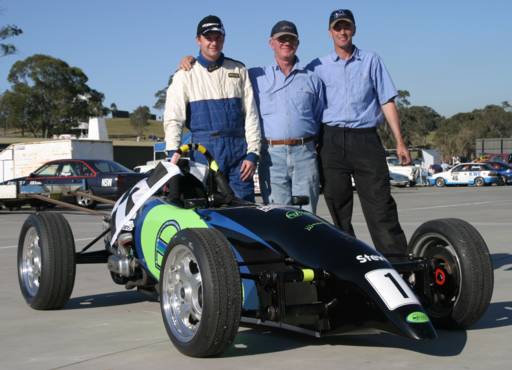 Hi again for one last time in 2010. I’ve been asked to write a little about dynos. Hopefully it may be of some interest. I feel the need to make a couple of points first before getting into this.
Hi again for one last time in 2010. I’ve been asked to write a little about dynos. Hopefully it may be of some interest. I feel the need to make a couple of points first before getting into this.
First, in my opinion, a dyno is a handy and helpful tool, but don’t consider it to as the be all and end all to your on track performance.
Secondly, not only do all dynos read slightly differently, but you will get different reading depending on the method the operator uses.
Thirdly, having your car tuned and making a million horsepower at 9 o’clock at night doesn’t mean you will have a million horsepower at midday the next day.
Finally, a dyno should be used for back to back testing of components and tuning, and that before you get there the basics should have been checked. The intention of the final point in the previous paragraph is meant to indicate that unless you are trying to find an oil leak or source a dodgy wiring problem, then it is wise to make sure the car has all the basics covered. At anywhere from $150 to $200 per hour having a flat battery, running out of fuel, or having the engine dump the contents of it’s sump on the floor, isn’t money well spent.
On the subject of fuel, it is wise to make sure your car is dyno’d with the fuel you normally run. On an initial run for a carb, you may find you will have to change float levels at the race track after your trip to the dyno to deal with cornering flat spots. This will affect you mixtures to an extent.
Points one and two of the previous statement relates to the weather, or more specifically, air density. Most of the front guys, when they dyno their car, tend to have at least an air density gauge with them. Some guys will run their own lambda sensors in the exhaust. Peak hp readings will be taken after final jetting/tuning. Lambda (or CO) readings along with the air density readings will also be taken down.
At the racetrack, as the air density changes, calculations will be made to the jetted carb depending on what you have weather-wise on the given day. Sometimes these changes may be in the region of .025mm to .05mm. That sort of sums up the first three statements in that the h.p readings given are only a snapshot of the conditions of that time, but can be of great value at the racetrack if used correctly. I could spend time talking about jetting the pilot circuit, the main circuit, the air correction circuit, or why cars foul plugs in the pit or at Wakefield.
I could go on about what a difficult carb we run, and how the restrictor plate leans off mixtures on throttle opening leading to the reason of fouling plugs.
But I may leave that for another time. See you at the track.

Follow Us!